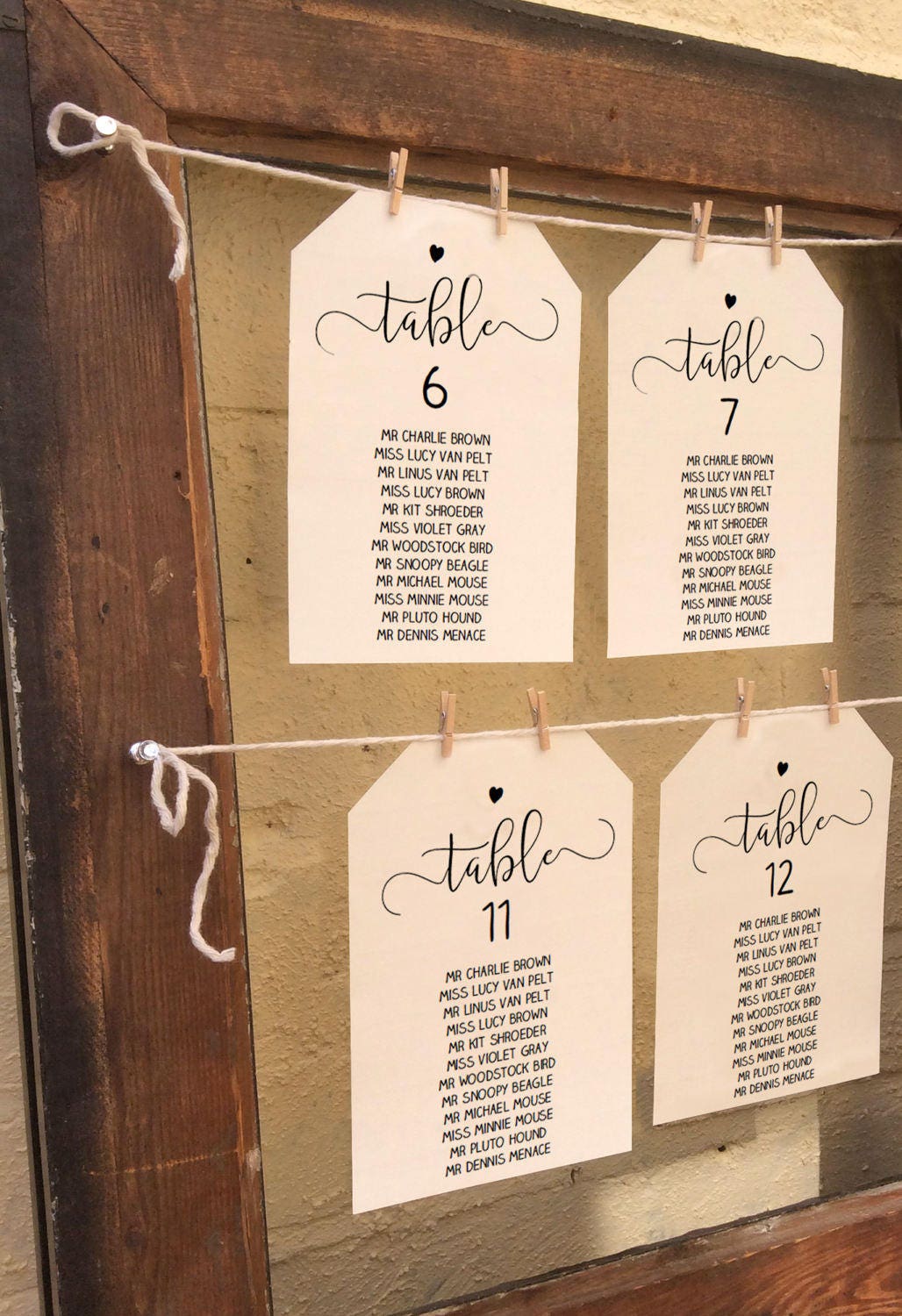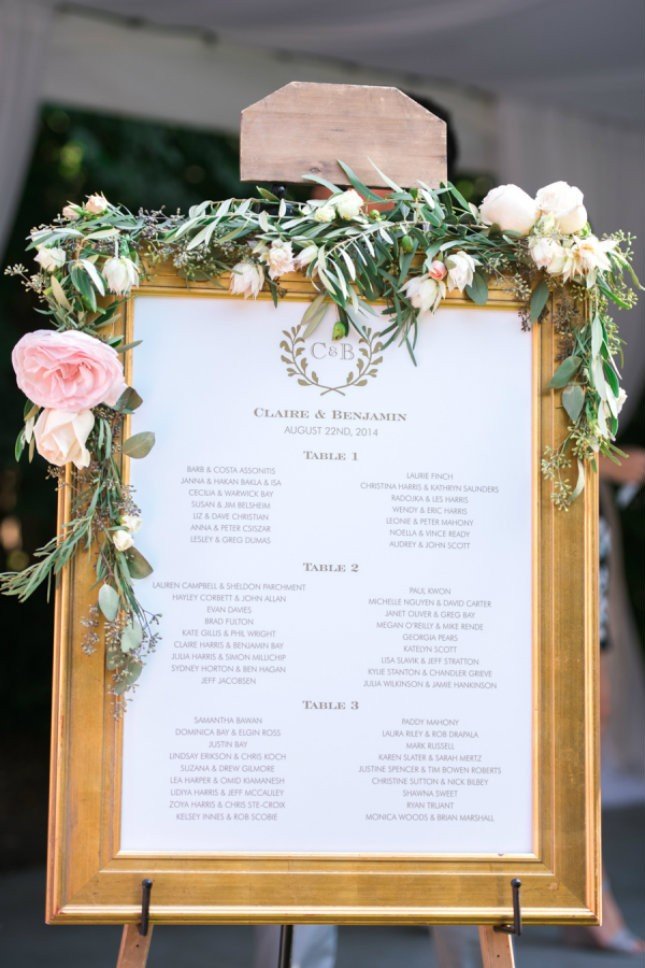Head Table

- The bride and groom
- The maid of honor and best man
- The bridesmaids and groomsmen
Table 1

- Guest 1
- Guest 2
- Guest 3
- Guest 4
Table 2

- Guest 5
- Guest 6
- Guest 7
- Guest 8
Table 3
- Guest 9
- Guest 10
- Guest 11
- Guest 12
Table 4
- Guest 13
- Guest 14
- Guest 15
- Guest 16
Table 5
- Guest 17
- Guest 18
- Guest 19
- Guest 20
Table 6
- Guest 21
- Guest 22
- Guest 23
- Guest 24
Table 7
- Guest 25
- Guest 26
- Guest 27
- Guest 28
Table 8
- Guest 29
- Guest 30
- Guest 31
- Guest 32
Table 9
- Guest 33
- Guest 34
- Guest 35
- Guest 36
Table 10
- Guest 37
- Guest 38
- Guest 39
- Guest 40Wedding Seating Chart
Executive Summary
A well-organized seating chart is crucial for a seamless and enjoyable wedding reception. It ensures that guests are comfortably seated with their preferred companions, reducing confusion and maximizing the guest experience. Proper planning and consideration of various factors, such as guest relationships, dietary needs, and table dynamics, are essential for creating an optimal seating arrangement.
Introduction
The seating chart plays a vital role in shaping the ambiance and flow of your wedding reception. It allows you to thoughtfully place guests according to their relationships and preferences, fostering a cohesive and celebratory atmosphere. Whether you opt for a traditional or unconventional arrangement, careful planning is key to creating a seating plan that complements the overall theme and sets the tone for a memorable evening.
FAQs
- When should I start creating my seating chart?
- How do I handle guests with special needs?
- What should I consider when assigning guests to tables?
Top 5 Subtopics
Table Shapes and Sizes
- Long tables: Ideal for large gatherings, creating a communal and inclusive atmosphere.
- Round tables: Foster intimate conversations among smaller groups of guests.
- Square tables: Offer a balance between privacy and sociability, accommodating both formal and casual occasions.
Guest Relationships
- Consider guest familiarity: Place guests who know each other well together for lively conversations.
- Avoid potential conflicts: Separate guests with known disagreements or tensions.
- Group guests by age or interests: Create a harmonious atmosphere by placing guests of similar ages or shared interests together.
Dietary Needs
- Accommodate specific dietary restrictions: Label tables clearly for vegetarian, vegan, or allergy-sensitive guests.
- Consider food preferences: Place guests with similar food preferences near each other to enhance their dining experience.
- Provide separate dining areas: If necessary, create designated areas for guests with severe food allergies or those following specific diets.
Table Dynamics
- Create a balanced mix of personalities: Combine outgoing and introverted guests at each table to foster a balanced social atmosphere.
- Consider table hosts: Assign friendly and outgoing guests as table hosts to facilitate conversations and ensure that everyone feels welcome.
- Avoid awkward group sizes: Aim for tables with an even number of guests to prevent any perceived imbalances or social discomfort.
Seating Etiquette
- Respect guest preferences: Honor any specific seating requests made by guests, such as preferred companions or proximity to the head table.
- Use clear table numbers: Display table numbers prominently and ensure that guests can easily locate their assigned tables.
- Provide seating cards: Place escort cards or seating cards at the entrance or on the tables to guide guests to their designated seats.
Conclusion
Creating a wedding seating chart requires careful planning and attention to detail. By considering the various factors discussed above, you can craft a seating arrangement that not only ensures a seamless reception but also enhances the guest experience and sets the stage for a memorable celebration. A well-executed seating chart contributes to a harmonious and enjoyable atmosphere, allowing guests to relax, socialize, and fully immerse themselves in the joy of your special day.
Keyword Tags
- Wedding seating chart
- Seating plan
- Guest relationships
- Dietary needs
- Table dynamics






